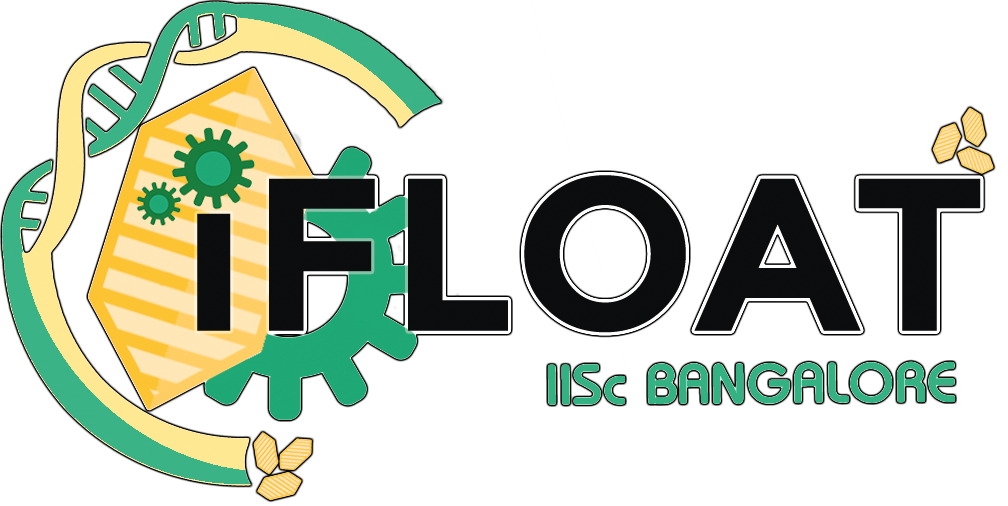Gas vesicles (GVs) are hollow protein nanostructures synthesized by phototrophic haloarchaea and cyanobacteria to regulate their flotation in aquatic habitats.
Bioengineered GVs have been genetically modified for diverse purposes; ultrasonic molecular imaging, gauging cellular turgor pressures, and vaccine delivery - but none of their current applications exploit their most fundamental characteristic: buoyancy.
Our modelling shows that clusters of GVs float enormously better than individual GVs.
iFLOAT aims to improve the flotation of gas vesicles by clustering them using three distinct methods: charge-based flocculation, biotin-streptavidin interaction, and SpyCatcher-SpyTag heterodimerization
Future applications of these clusters can include bioremediation of oil spills, flotation-based separation, and purification of specific targets from mixtures!











